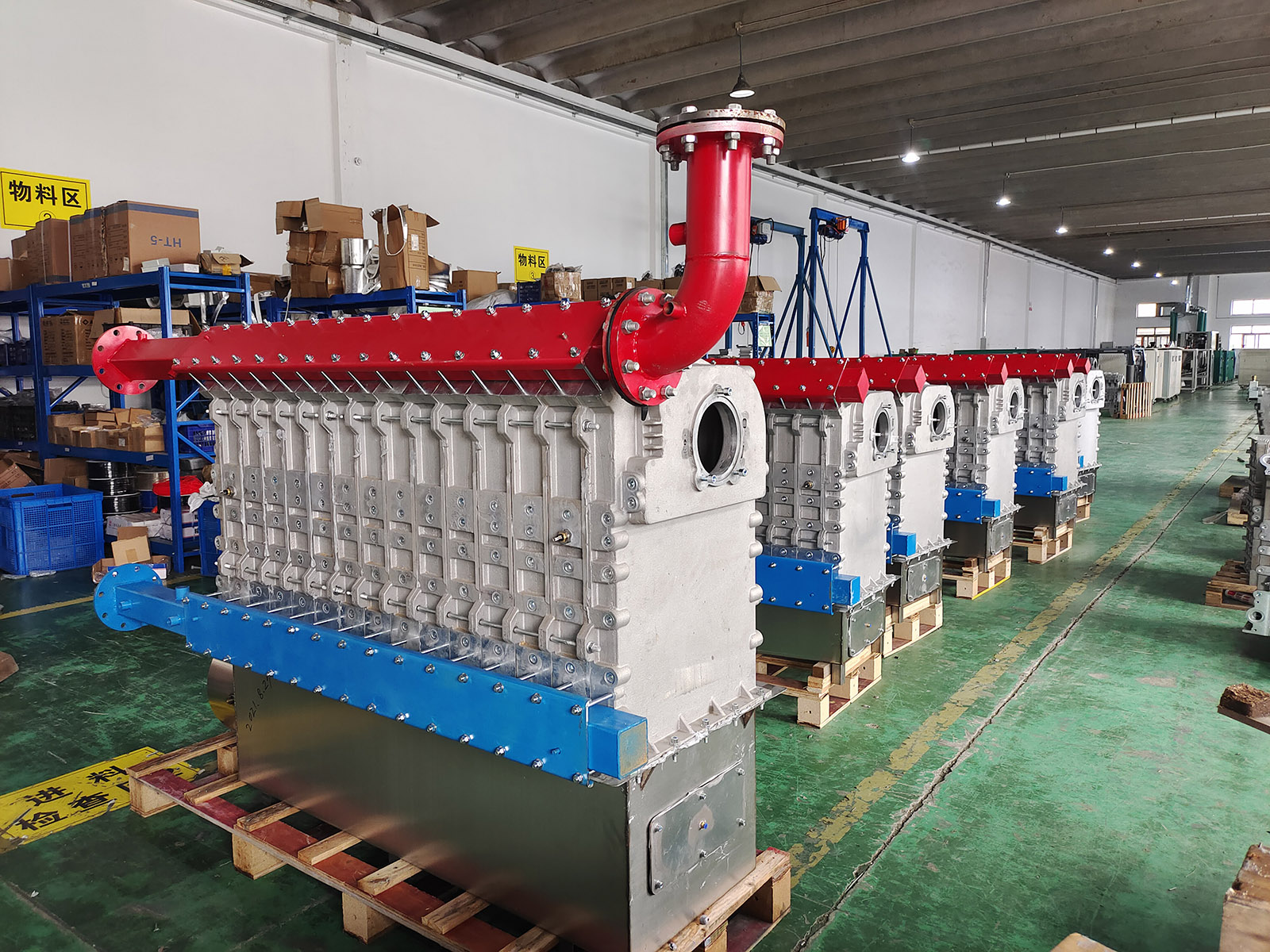- Afrikaans
- Albanian
- Amharic
- Arabic
- Armenian
- Azerbaijani
- Basque
- Belarusian
- Bengali
- Bosnian
- Bulgarian
- Catalan
- Cebuano
- China
- China (Taiwan)
- Corsican
- Croatian
- Czech
- Danish
- Dutch
- English
- Esperanto
- Estonian
- Finnish
- French
- Frisian
- Galician
- Georgian
- German
- Greek
- Gujarati
- Haitian Creole
- hausa
- hawaiian
- Hebrew
- Hindi
- Miao
- Hungarian
- Icelandic
- igbo
- Indonesian
- irish
- Italian
- Japanese
- Javanese
- Kannada
- kazakh
- Khmer
- Rwandese
- Korean
- Kurdish
- Kyrgyz
- Lao
- Latin
- Latvian
- Lithuanian
- Luxembourgish
- Macedonian
- Malgashi
- Malay
- Malayalam
- Maltese
- Maori
- Marathi
- Mongolian
- Myanmar
- Nepali
- Norwegian
- Norwegian
- Occitan
- Pashto
- Persian
- Polish
- Portuguese
- Punjabi
- Romanian
- Russian
- Samoan
- Scottish Gaelic
- Serbian
- Sesotho
- Shona
- Sindhi
- Sinhala
- Slovak
- Slovenian
- Somali
- Spanish
- Sundanese
- Swahili
- Swedish
- Tagalog
- Tajik
- Tamil
- Tatar
- Telugu
- Thai
- Turkish
- Turkmen
- Ukrainian
- Urdu
- Uighur
- Uzbek
- Vietnamese
- Welsh
- Bantu
- Yiddish
- Yoruba
- Zulu
Sep . 28, 2024 19:20 Back to list
Steel Casting Solutions for Mining Machinery Manufacturers and Equipment Providers
The Role of Steel Casting in Mining Machinery Manufacturing
In the industrial landscape, few sectors are as demanding as the mining industry. The machinery utilized in mining operations is subjected to extreme conditions, including heavy workloads, abrasive materials, and challenging environments. To ensure the reliability and longevity of this equipment, manufacturers often rely on steel casting as a key component in the production of mining machinery.
Understanding Steel Casting
Steel casting is a manufacturing process that involves pouring molten steel into a mold to create specific shapes and forms. This method is preferred in many applications due to its ability to produce intricate designs with high precision and exceptional strength. The versatility of steel casting makes it an ideal choice for constructing heavy-duty components used in mining machinery, such as gears, frames, and buckets.
Benefits of Steel Casting in Mining Equipment
1. Durability and Strength Mining machinery faces one of the harshest operational environments, requiring components that can withstand rigorous stress and wear. Steel castings offer superior strength and durability, making them capable of handling extreme loads while maintaining structural integrity.
2. Corrosion Resistance Steel castings can be treated and alloyed to resist corrosion, which is especially important in mining operations that involve exposure to moisture and chemicals. This corrosion resistance extends the lifespan of mining machinery and reduces maintenance costs.
3. Precision Engineering The steel casting process allows for high levels of customization and precision. Components can be designed to meet specific requirements, ensuring they fit seamlessly within larger equipment systems. This precision reduces machinery malfunctions and promotes efficiency in operations.
4. Cost-Effectiveness While the initial investment in steel cast components may be higher compared to other materials, the long-term benefits are significant. The durability and reduced need for frequent replacements lead to lower overall operational costs.
5. Sustainability Steel is a recyclable material, and the use of recycled steel in casting processes minimizes environmental impacts. As the mining industry increasingly focuses on sustainability, utilizing steel castings aligns with efforts to reduce carbon footprints and conserve resources.
minning machinery steel casting manufacturer

The Manufacturing Process
The manufacturing of steel castings for mining machinery typically involves several steps
1. Design Engineers create detailed designs verified through CAD software, ensuring that all specifications are met.
2. Mold Creation Molds are crafted using sand or metal to form the desired shapes of the components. These molds are designed to withstand the heat and pressure of the molten steel.
3. Melting and Pouring Steel is melted in furnaces and then poured into the prepared molds. As it cools, it solidifies into the desired shape.
4. Finishing Once cooled, the castings undergo finishing processes, including grinding and machining, to achieve the final specifications and surface quality.
5. Quality Control Rigorous testing is conducted to ensure that the castings meet quality standards and are free from defects, ensuring reliability in the demanding mining environment.
Conclusion
In summary, the role of steel casting in the manufacturing of mining machinery is crucial. The inherent properties of steel, combined with the flexibility of the casting process, enable manufacturers to produce robust, precise, and cost-effective components that can withstand the rigorous demands of the mining industry. As technology advances and the need for efficient and sustainable practices grows, steel casting will continue to play a vital role in enhancing the resilience and performance of mining machinery. As such, companies that invest in high-quality steel castings are well-positioned to thrive in this competitive industry, delivering superior products that meet the needs of the ever-evolving mining sector.
-
Premium Cast Iron Water Main Pipe: Durable, Corrosion-Resistant
NewsAug.03,2025
-
Durable Cast Iron Water Mains | AI-Optimized Systems
NewsAug.02,2025
-
High-Efficiency Propane Boiler for Baseboard Heat | Save Energy
NewsAug.01,2025
-
Premium Source Suppliers for Various Gray Iron Castings
NewsJul.31,2025
-
Durable Cast Iron Water Main Pipes | Long-Lasting
NewsJul.31,2025
-
High-Quality Cast Iron Water Main Pipe for Durable Infrastructure
NewsJul.30,2025


